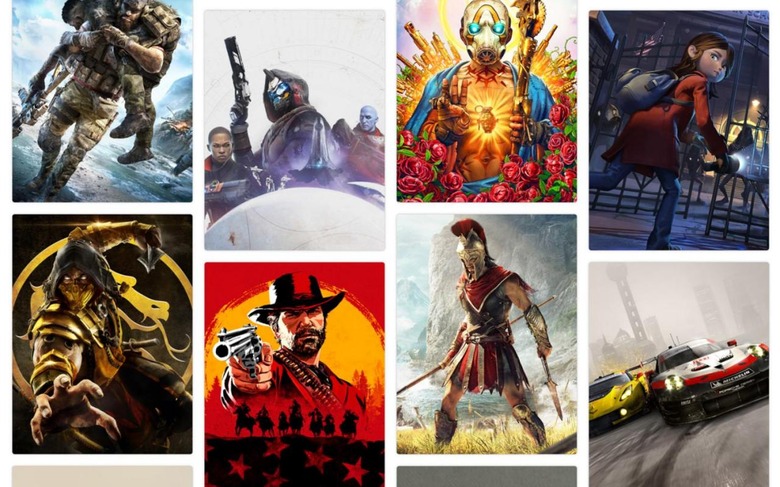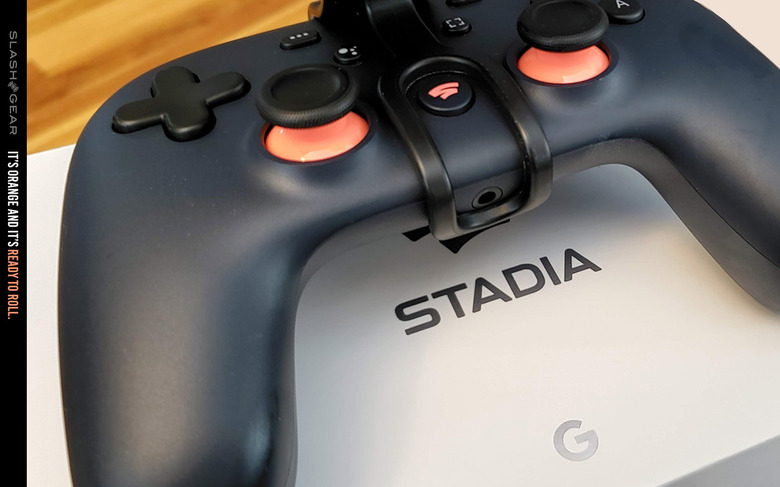Looking back into Stadia's launch, issues, and what to look forward to
Stadia's launch hasn't been what Google had hoped for. Anticipated as a Netflix for gaming, Google's answer to consoles and Steam was supposed to shake the industry make gamers think twice about that PlayStation 5 in a year or two. But instead, lukewarm reviews and performance issues are turning gamers away. Worse still, its poor entry is casting a shadow of doubt over the promise of game streaming, which could hinder its chances of ever winning gamers in the near future.
Don't get us wrong, streaming games is a fantastic idea and one that would make gaming convenient and fun. But it just seems Google had far too many gaps to fill before its enthusiastic November launch.
Poor infrastructure – connectivity issues
Streaming games on Stadia doesn't require you to have a console – only a Stadia controller and of course, a stable internet connection of at least 35mbps. Critics around the board have been critical about the latter, with many reviews showing severe game stuttering and lag.
While normal games do the processing locally on your physical console or PC, Stadia's video games are processed in datacenter owned by Google (think of these as buildings for gaming consoles). They are then streamed via the internet to any of your devices.
This may offload the strenuous work your device needs to do, but unsurprisingly requires a very stable internet connection for games to render well.
And Stadia doesn't help itself with the connectivity issues that gamers face. As games lag over the internet, they continue to render on Google's own datacenter. Once it reconnects on screens, players have found their games skipping ahead instead of unfreezing where they were disconnected. It's a frustrating experience for gamers that makes playing a pain and multiplayer nearly impossible.
Lacking AAA titles or exclusives
Every console this past generation has had a AAA exclusives tied to its launch. As Xbox One and PS4 launched, it came with exclusives you couldn't play on old consoles, like Killzone Shadow Fall and Forza Motorsport 5. The Nintendo Switch has Breath of the Wild and 1-2 Switch. These titles showcased the capabilities of these consoles and made it enticing for gamers.
But Stadia hasn't seemed to have gotten much support from developers. Its titles may be AAA titles but most have been out for at least a year, including Red Dead Redemption 2, the new Tomb Raider trilogy and Assassin's Creed: Odyssey. These are good games, but they're old news to most serious gamers. None of these titles will lure gamers away from their consoles.
Stadia's struggle to deliver big-budget exclusives at its launch also paints a bleak picture of how its tech is being received by developers. If Stadia is the future of gaming, why aren't big developers out there keen to hop on board and make games with Google?
Poor marketing for its pricing
It was perceived as a Netflix for gaming, but Stadia isn't a subscription-based service. Instead, it's a three-part bundle that is confusing and not enticing.
First, Stadia charges $130 for a starter kit that includes a Chromecast Ultra, Stadia controller and a three-month subscription. When that ends, membership costs $10/month to stay on Stadia. Players then pay near full price for digital streams of each individual game.
That's a confusing sell to gamers in the market, not to mention you'll likely spend more on Stadia in a few months than on your current consoles as the monthly $10 fee snowballs.
The payoff is severely lacking too. You won't find a fraction of the hottest titles in gaming today.
Loss in faith
And that's a big shame. Because in theory, Stadia sounds like the future. Being able to stream your games anywhere and get AI to assist you mid-game could well take off with gamers had everything else been up to scratch.
Stadia's shaky launch threatens to turn players off completely from game streaming. That could hurt Stadia's chances – or some other developer – from finally delivering the long-awaited tech in the near future when the problems are fixed.
Upcoming Features
Google promised a lot during GDC 2019, and it's yet to deliver on many of these promises.
One of these is integration with Google Assistant and YouTube. Google said views on YouTube would be able to click on moments in gameplay footage and seamlessly jump into that moment in a game on Stadia. AI is also meant to assist players during a game, accessible with the Google Assistant button on the controller.
These features could've changed the way Twitch streamers and players work with games, and given Stadia a unique selling point. With these features still in the works, we'll have to wait.
Stadia's Future and learning from the big boys
Interestingly, Stadia could learn from Electronic Arts. The infamous game developer now on the mend have invested heavily in indie games with the upcoming EA Originals service.
Apple have also done likewise with Apple Arcade, pulling in indie developers – and an irresistible $5/month subscription fee – for their new platform.
Working on Stadia exclusives with small developers may be what it needs to build a cult following. These teams may also be more willing to experiment and work with Stadia's new platform requirements that are different from normal consoles.
The ongoing video streaming wars around Netflix also highlight the jarring flaws of Stadia's pricing model. Newcomers Disney+ and Apple TV+ entered the business aggressively. Loads of exclusives and a mouth-watering price. Apple are even offering a year of TV+ for free, instantly putting their service on the devices of their users.
Stadia needs to make a bigger mark on the market and patience could be running out – but I am sure Google will put more effort in getting it "consumer ready" in the near future.


